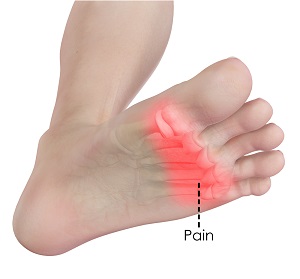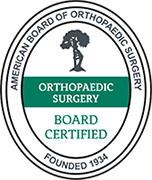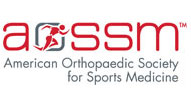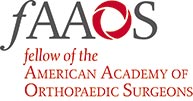
What is Metatarsalgia?
Metatarsalgia is a condition in which pain and inflammation are caused due to overuse or injury to the ball of the foot - the area between the toes and the arch. This condition mainly affects the joints at the base of the five-toe bones.
Causes of Metatarsalgia
Metatarsalgia can be caused by many factors, the most common including:
- Intense physical activity as in sports
- Ill-fitting shoes
- High-heeled footwear
- High-arched foot
- An unusually long metatarsal bone - usually of the second toe
- Toe deformities such as hammertoe
- Overlapping or underlapping toe
- Weak toe muscles
- A tight or short Achilles tendon
- Excess body weight
- Conditions such as arthritis, gout, Morton’s neuroma and bursitis
Symptoms of Metatarsalgia
Symptoms of metatarsalgia include:
- Pain in the ball of the foot, which feels like a deep bruise and worsens when you stand or walk, especially when barefoot
- Feeling like you have a stone at the base of your foot
- An area of hardened skin (callus) on the ball of the foot
- Swelling of the joints near the base of the toes (metatarsophalangeal joints)
Diagnosis of Metatarsalgia
Your doctor will discuss your symptoms and activities and perform a physical examination. Diagnostic tests that may be carried out include:
- X-rays: to identify any bone fractures
- Ultrasound: to evaluate soft tissue conditions such as bursitis or Morton’s neuroma
- MRI scan: to visualize the soft tissues surrounding the metatarsal bones
- Blood tests: such as uric acid levels to help detect conditions such as gout
Treatment for Metatarsalgia
Metatarsalgia is normally treated by conservative methods that include:
- Applying ice over the area of pain
- Taking medications to reduce pain and inflammation
- Changing footwear
- Using pressure bandages on the foot
- Using a metatarsal pad
- Losing bodyweight
- Avoiding barefoot walking
When conservative methods are not found to be effective, surgery may be recommended for removing calluses, correcting deformities and realigning the metatarsal bones.










